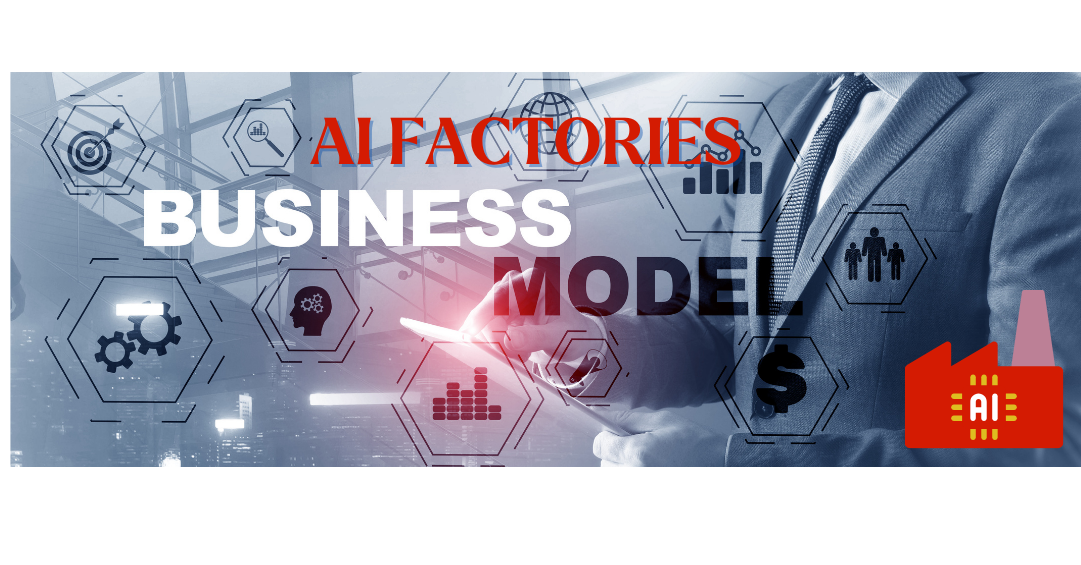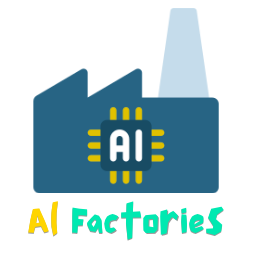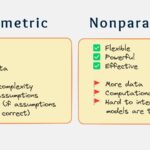
Iansiti and Lakhani emphasize that the success of an AI factory depends on more than just technology; it also requires a cultural shift within the organization towards embracing data-centric and continuous learning approaches. This transformation is crucial for organizations looking to thrive in the age of AI, as it enables them to leverage AI not just as a tool, but as a core component of their strategic operations.
The AI factory model involves creating a framework where artificial intelligence (AI) is not just an add-on but a central element woven throughout a company’s operational fabric. In this model, data is treated as a vital asset, crucial for the sophisticated analytics and machine learning algorithms that drive decision-making and operational efficiencies. As data volume, user interactions, and the complexity of AI technologies grow, the organization develops robust processes capable of scaling and adapting to these changes.
Moreover, the model incorporates agile methodologies, which are pivotal in facilitating a flexible and responsive development environment. Agile practices enable teams to iterate rapidly, allowing for the frequent testing and deployment of AI solutions. This approach helps organizations to continually refine their AI applications in response to real-time feedback and changing market conditions, thus maintaining competitiveness and innovation.
The concept that Iansiti and Lakhani emphasize relates to the critical role of organizational culture in successfully integrating artificial intelligence (AI) into business operations. Here’s a breakdown of their main points:
- Beyond Technology: While the technical aspects of AI, such as algorithms and computing infrastructure, are essential, they aren’t the only factors that determine the success of an AI initiative. The technology needs to be complemented by a broader cultural and organizational shift.
- Cultural Shift: The transition involves cultivating a culture that values and understands the importance of data and AI. This means not only acquiring the right technology but also ensuring that the organization’s mindset and practices support data-driven decision making.
- Embracing Data-Centric Approaches: Organizations need to become data-centric. This means prioritizing data as a key asset, developing capabilities to extract insights from data, and using these insights to guide business decisions. It requires robust data management practices, high-quality data, and the ability to interpret and act on data insights effectively.
- Continuous Learning: The landscape of AI is constantly evolving, thus a static approach to knowledge and skills can quickly become obsolete. Organizations need to foster a culture of continuous learning and adaptation, where employees are encouraged and provided with opportunities to update their skills and knowledge about AI technologies and their applications.
- Strategic Integration of AI: AI should not be viewed merely as an add-on tool but as an integral part of the strategic framework of the organization. This involves integrating AI into core business processes and decision-making pathways, thereby transforming traditional operations and strategies to be more aligned with modern technological capabilities.
- Outcome: By integrating AI in this holistic manner, organizations can enhance their operational efficiency, innovate more effectively, personalize customer experiences, and make more informed and timely business decisions. This strategic integration positions organizations to be more competitive in a technology-driven market.
Overall, Iansiti and Lakhani argue that the successful implementation of AI requires a transformation in the very fabric of the organization, beyond just the technical upgrades. This cultural and strategic shift is crucial for leveraging AI’s full potential and ensuring sustainable success in the rapidly advancing digital age.

